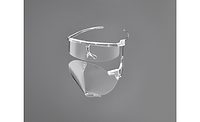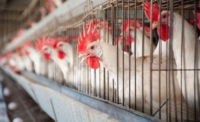The Zika virus is transmitted to people who are bitten by an infected Aedes species mosquito. According to the U.S. Centers for Disease Control and Prevention (CDC), those most at risk include anyone who lives in or travels to an area where the Zika virus has been found, and anyone who has not been previously infected with the virus.
But what does a mosquito-borne infection have to do with food safety?
Restaurants operating in Zika-impacted regions of Central and South America, the Commonwealth of Puerto Rico, the U.S. Virgin Islands and American Samoa can work closely with local officials to reduce the risk of Zika virus infection by doing the following:
Educate staff members about risk factors: The mosquito that can carry the Zika virus is a daytime biter. Other mosquitoes that carry different diseases are nighttime biters, so we need to be diligent all the time.
Reduce staff and customer exposure to mosquito bites: Staff who are serving customers outside should consider wearing long sleeves and pants and use an appropriate (mosquito) insect repellant. The use of window and door screens is also recommended.
Eliminate breeding grounds: Mosquitos are known to breed near any source of standing (fresh) water. To help reduce the number of mosquitos inside and outside buildings, empty standing water from containers such as flower pots, or buckets, even old tires and trash. Consider a community-wide effort to remove trash from streets and vacant lots, as small amounts of standing water in trash can serve as breeding grounds for mosquitoes.
Since Zika is still a health issue that the public does not know a lot about, it is suggested that consumers follow the official advice of local health authorities, along with information passed down by the CDC.
This article was written using information provided by John Hanlin of Ecolab.
Here’s How Restaurants Can Reduce Zika Virus Infections




